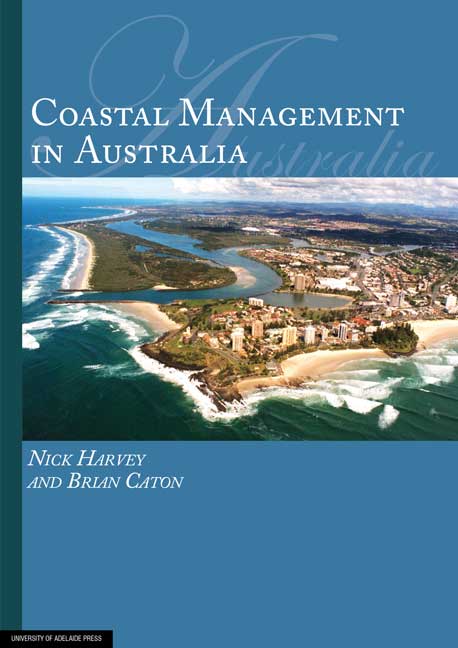5 - Conclusions and Future Directions
Published online by Cambridge University Press: 05 June 2012
Summary
This chapter attempts to take stock of what has happened in Australian coastal management up to the end of 2001, particularly the major changes that took place in the 1990s, and comment on the prospects for managing the coast in the 21st century. The book has, so far, focused on four themes:
global imperatives for integrated coastal management and the Australian response
the need to understand biophysical coastal processes before attempting to find solutions for anthropogenic coastal problems in Australia
the scale and magnitude of human impact on the Australian coast which raises a number of generic management issues together with the need for localised or regional approaches to specific pressures on coastal resources
the complexity of coastal management in Australia, involving different roles for the Commonwealth, state, territory and local governments, together with community participation.
First, this chapter of the book examines the current state of coastal management in Australia and comments on selected recent international and national discussions which could produce further change. Some of these are global initiatives such as the Rio + 10 Coastal Conference which took place in Paris in December 2001, or national developments such as recent political discussions of the coastal elements of the future National Heritage trust (Mark II) Program for 2002 onwards. By the time this book hits the shelves, there should also be further comment on coastal management from the UNCED 2002 Conference in Johannesburg, as a follow-up to the significant ‘Earth Summit’ held in Rio de Janiero 10 years earlier.
- Type
- Chapter
- Information
- Coastal Management in Australia , pp. 292 - 303Publisher: The University of Adelaide PressPrint publication year: 2010



